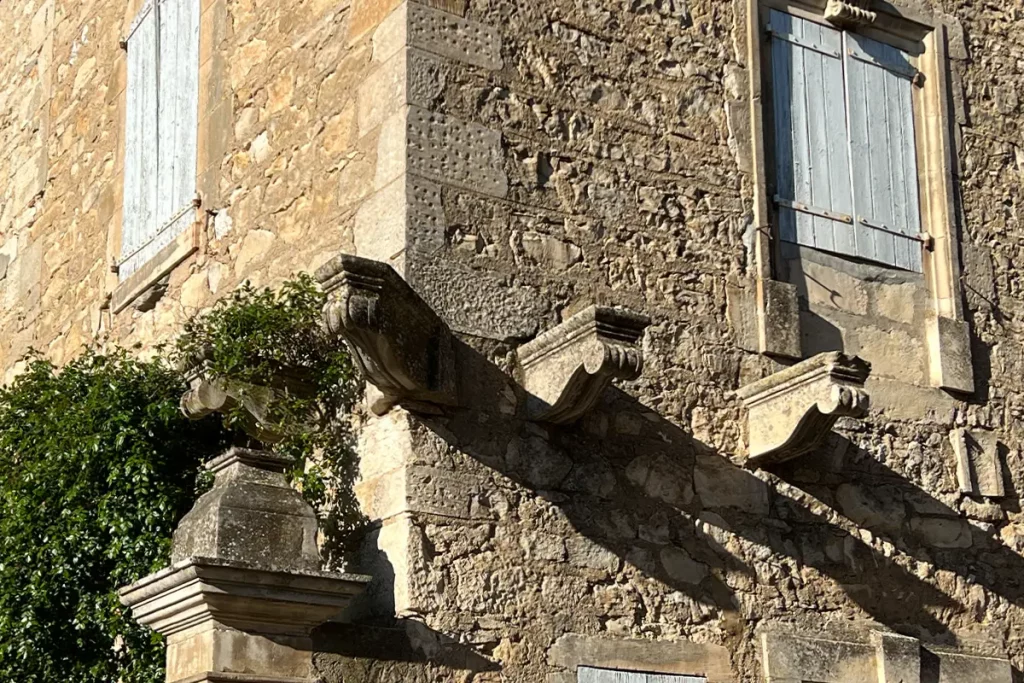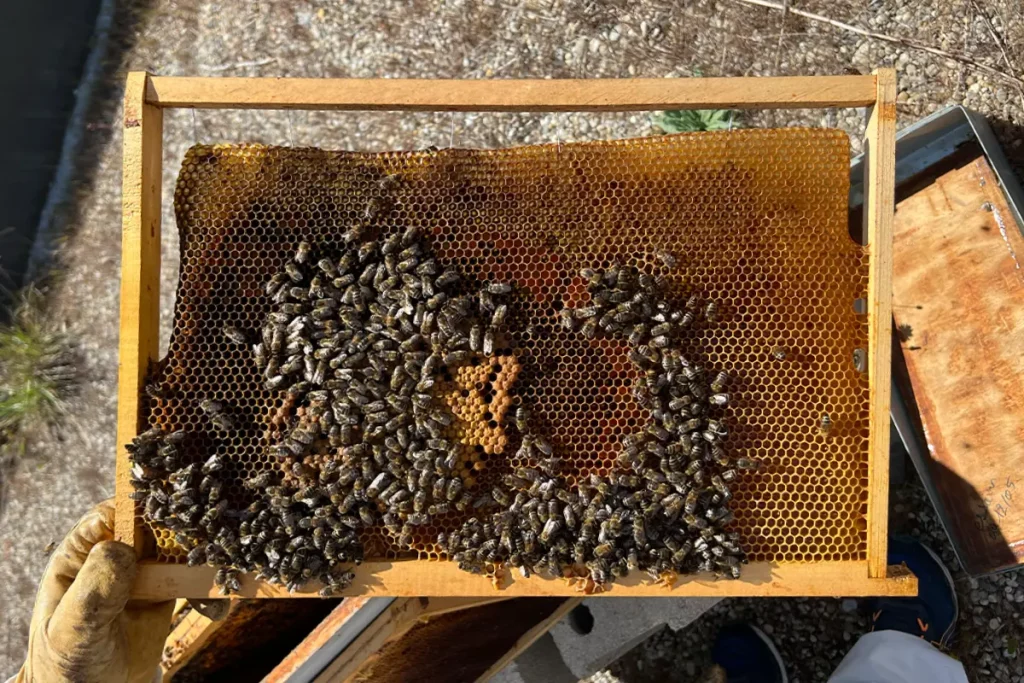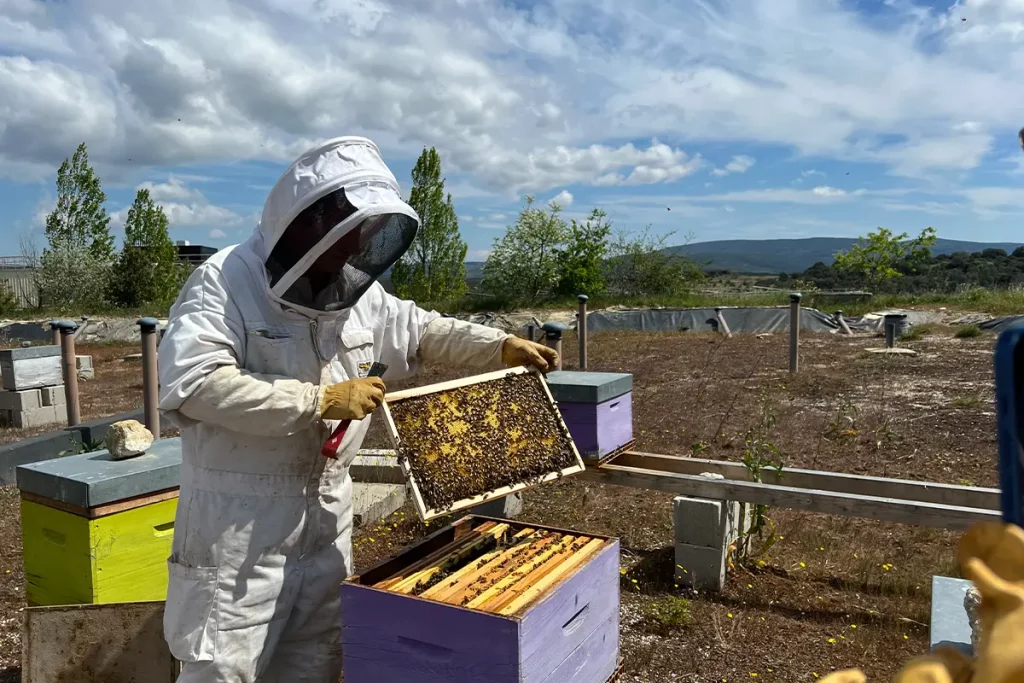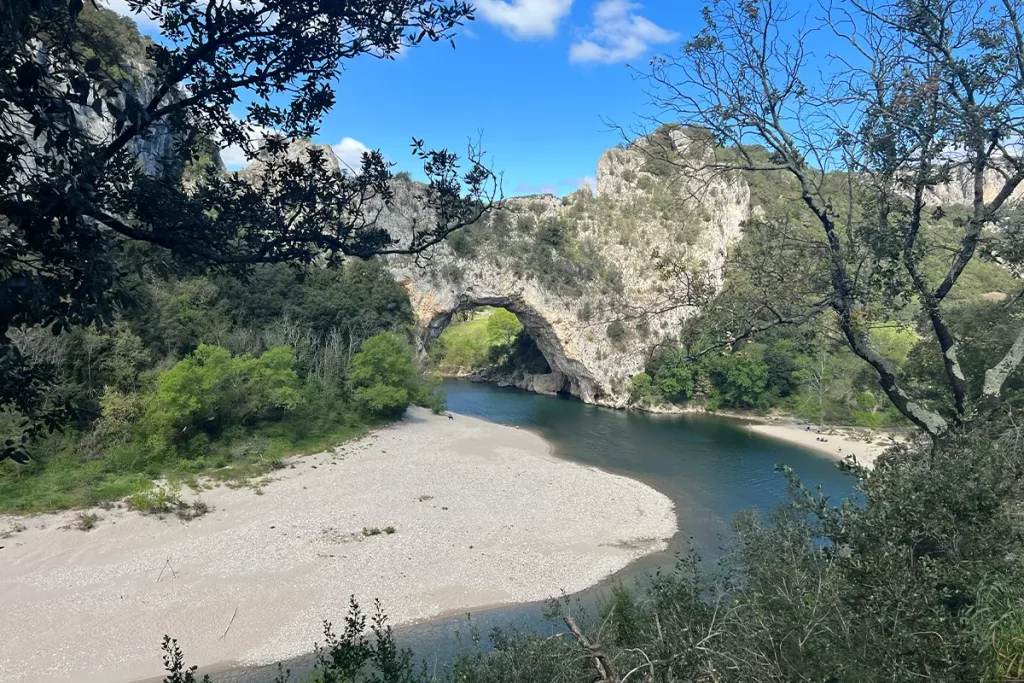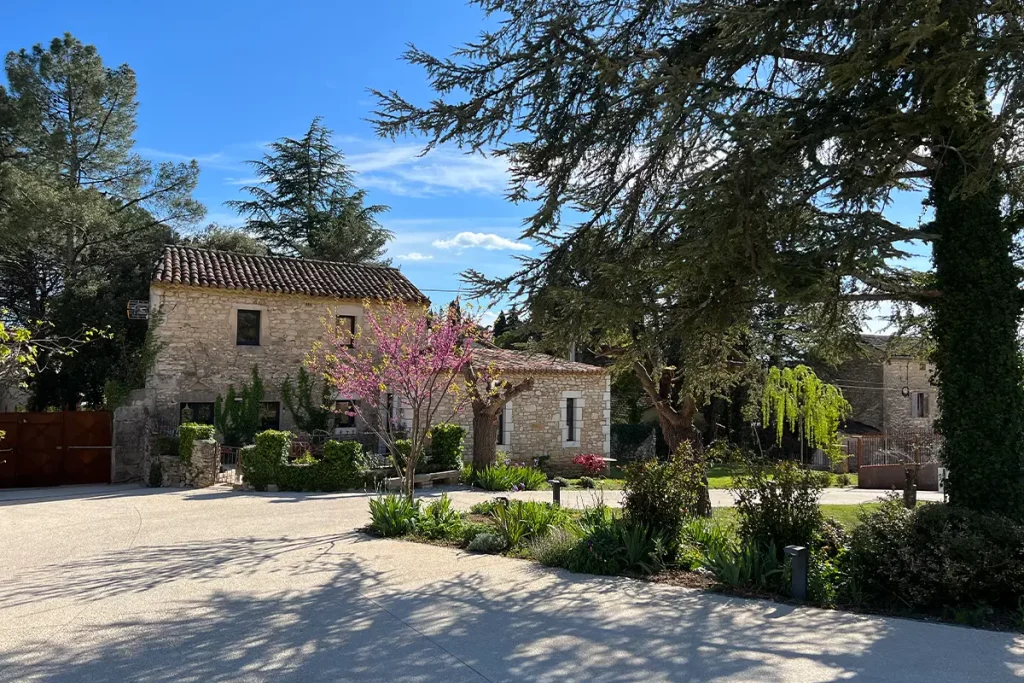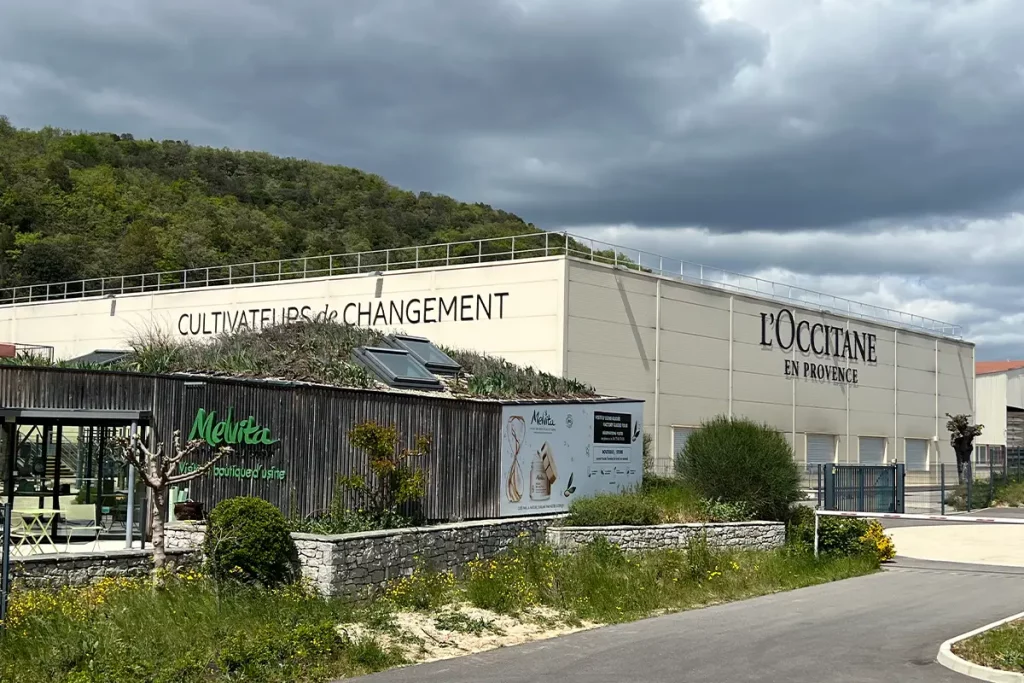At the crossroads of Rhône-Alpes, Provence and Languedoc-Roussillon, lies Melvita’s headquarter – the brand celebrates its 40th anniversary with a partnership with the wwf to seal its commitment to the environment
Melvita partners with WWF to protect turtles
Melvita is working with WWF to protect two species of turtles in New Caledonia and French Guiana – Olive Ridley and Loggerhead. There are multiple causes that have endangered their existence in recent decades: habitat loss due to urbanization, night lighting that confuses navigation, accidental fishing, and finally marine pollution and climate change. For a period of three years, the French cosmetics brand, founded in 1983 and part of the L’Occitane en Provence group since 2008, will help fund two programs to protect the areas where these turtles lay their eggs – Western Atlantic Ocean and South Pacific Ocean.
Two Melvita projects supporting Olive Ridley and Loggerhead turtles.
Specifically, forty Olive Ridley turtles will be tracked by GPS at the beginning of the nesting season so that local fishermen can be informed in real time about turtle assemblages – to prevent them from being accidentally caught. In addition, Five Argos will be installed on turtles at 20 beaches on small islands in the northwestern lagoon of New Cledonia, where Loggerheads come to nest, to track their migratory routes and nesting areas. In the two areas already protected in New Caledonia (the small islands in the Great South Lagoon and Roche Percée Beach), protection measures have already paid off, thanks to the involvement of local people and communities.
Melvita 1983 – 2023: from founding by biologist and beekeeper Bernard Chevilliat to ownership by L’Occitane en Provence
A 40-year history of commitment to the environment. That is, since biologist and beekeeper Bernard Chevilliat, together with his wife Nûriël Chevilliat, founded Melvita in 1983 with the goal of creating organic beauty products using natural ingredients from the environment. In this region at the crossroads of Rhône-Alpes, Provence, and Languedoc-Roussillon, amidst Hills, forests, waterways, and typical small villages, lies the Melvita factory.
Melvita’s factory in Lagorce, Ardèche, France, and the cosmetics products
Melvita’s manufacturing plant is located on a vast 17-hectare site in the heart of the Ardèche countryside and features a modern design that blends in with the surrounding landscape – a 1,000 m2 green roof covers the facilities, and 12 skylights encourage the entry of natural light. The main structure is made of wood and glass, with a distinctive curved roof that reflects the shape of the nearby hills. 80 m2 of solar panels are used to heat water and the 240 m2 of photovoltaic panels to generate electricity from solar power. In addition, 10 000 m2 of Finnish willow trees enable phytodepuration of production water, while 180 m3 of rainwater is collected.
One area of the headquarters is used as a store, where all the brand’s products are sold. Melvita recognized the beneficial properties of argan oil in 1991, and integrated it into its skin and hair care product formulas. This introduction helped solidify Melvita’s reputation as a pioneer in the production of natural and organic cosmetics, in line with the founder’s wishes. The brand has built 34 traceable supply chains, four of which are ESR (fairtrade) certified. There are 300 farmers who supply raw materials, and 1,000 bee hives protected and used for honey production. A minimum of 95% natural ingredients is required, and a maximum of 5% synthetic ingredients according to a defined list. No nanoparticles, plastic beads, mineral oil, silicones.
Melvita’s collaboration with Réseau Cocagne and the protection of bees
Since 2014, Melvita has been collaborating with Réseau Cocagne, a nonprofit association that develops and manages the network of Jardins de Cocagne, social and professional integration farms certified Organic Agriculture. Together they have started a beekeeping activity in the heart of the organic gardens for biodiversity conservation and vocational integration. Since the program began, 479 hives have been installed, or a roof for 28.9 million bees. 522 employees benefit from beekeeping activities, during the 47 beekeeping projects implemented so far. Through all projects implemented since 2010, Melvita has contributed to the installation of 1,150 hives. The goal is to reach 1,500 hives by 2025.
Ardèche: the intersection of Rhône-Alpes, Provence and Languedoc-Roussillon
Natural products come out of a region of France that has nature as its main resource and attraction. The Ardèche. This subregion has a history that goes back to prehistory: witness the Chauvet Cave, located in Vallon-Pont-d’Arc, an archaeological site with some of the oldest known cave paintings dating back 36,000 years. The cave was discovered in 1994 and has since been declared a UNESCO World Heritage Site. Chauvet Cave 2 is a replica of Chauvet Cave, and features a display of artwork from the original cave, including depictions of animals such as bison, horses and lions.
Pont d’Arc in Ardèche
Streams, gorges, mountains and plateaus make up a natural mosaic of movement. The biggest attraction is Pont d’Arc, a natural rock formation overlooking the Ardèche River near the village of Vallon-Pont-d’Arc. The natural bridge was created by river erosion that carved a large arched opening in the limestone rock over the centuries-60 meters high and 34 meters wide.
Vagnas, Hotel du Couvent
The itinerary in Ardèche also passes through Vagnas, a sparsely populated medieval village a few kilometers from the Melvita plant in the Ardèche catchment area, surrounded by rolling hills. A former convent now a hotel – Hotel du Couvent – is located here. Founded in the mid-19th century by Pierre Coste, parish priest of the village of Vagnas, and his sister Ezeréide-the first mother superior-the Holy Family convent was used as such until 1992. In the early 20th century, the convent was bought by a local family and converted into a hotel. In recent years, the hotel has undergone extensive renovations to modernize its facilities while retaining its historic character and charm.
L’Occitane en Provence
The history of L’Occitane has its roots in the traditional herbal remedies of the Provence region. Founder Olivier Baussan began his business by selling essential oils and soaps made from locally sourced ingredients in local markets. The brand name, L’Occitane, comes from the Occitan language, spoken in the south of France. In 1996, L’Occitane opened its first boutique in Paris, and by the end of the decade, the brand had expanded its global presence with stores in New York and Tokyo. In 2010, the company was listed on the Hong Kong Stock Exchange, and in 2014 it acquired the skincare brand Erborian. Today, the L’Occitane Group operates a diversified portfolio of brands and has a significant presence in the global beauty market. In 2020, L’Occitane Group announced a partnership with Loop, a circular shopping platform that aims to reduce waste and promote reusable packaging.
Matteo Mammoli
